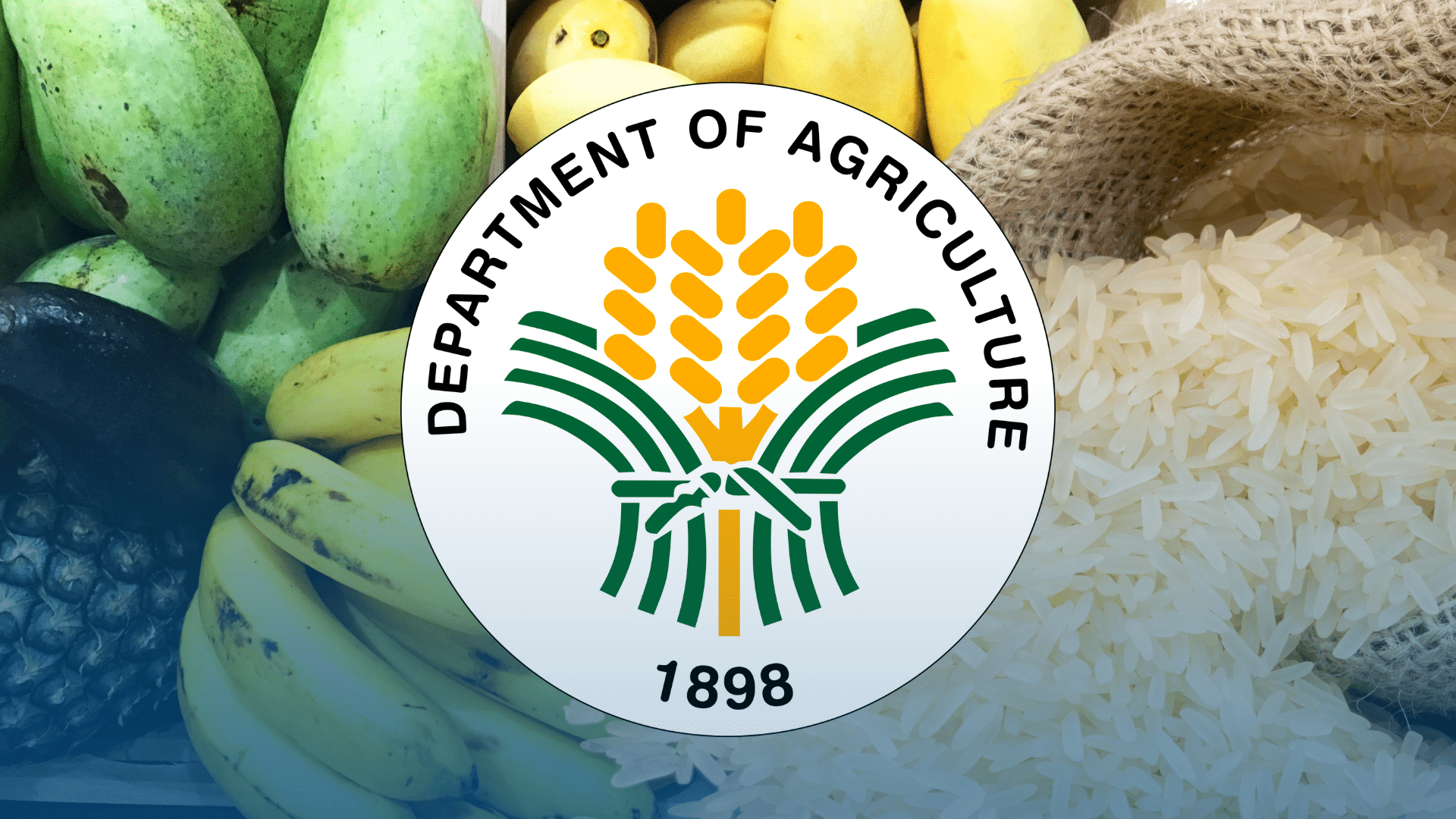
THE El Niño phenomenon, which combined with the dry season brought weeks of extremely hot days and drought conditions to the Philippines, has officially ended, the Philippine Atmospheric, Geophysical and Astronomical Services Administration (Pagasa) said on Friday.
Pagasa Administrator Nathaniel Servando said the conditions in the Pacific Ocean have returned to El Niño Southern Oscillation (ENSO)-neutral levels.
However, there is a 69 percent possibility of a transition from ENSO-neutral to La Niña as early as July, Servando said.
He said "the final advisory for El Niño (2023-2024) is issued, and the Pagasa ENSO Alert and Warning System is now lowered to inactive (ENSO-neutral), while the La Niña Watch remains in effect."
Servando said the impacts of El Niño, such as warmer-than-usual surface temperatures and below-normal rainfall, may linger in some areas of the country.
Pagasa would now focus on monitoring La Niña, "which would be more likely towards the last quarter of this year," he said.
During La Niña, many areas across the country can expect higher-than-normal rainfall.
"Tropical cyclones tend to hit land masses and will bring more rains, so we need to be doubly prepared," Servando said.
During El Niño, 37 provinces experienced drought conditions (three consecutive months of more than 60 percent lower-than-average rainfall), 22 provinces had a dry spell (three consecutive months of 21 percent to 60 percent reduction in rainfall average), and 12 provinces had dry conditions (two consecutive months of below-normal rainfall).
The government's El Niño Task Force said 131 areas in the country were declared a state of calamity because of El Nino.
The Department of Social Welfare and Development (DSWD) said 1,342,501 families, or 5,168,354 persons, in 6,672 barangay (villages) were affected.
A total of P535,510,043 worth of assistance was provided to affected families, composed of P487,362,115 from the DSWD, P39,161,928 from local government units, P1,711,000 from nongovernment organizations, and P7,275,000 from charitable groups.
The Department of Agriculture (DA) reported that the scorching heat induced by El Niño resulted in P4.39 billion in agricultural damage.
The dry spell affected 85,232 farmers and fisherfolk in 11 regions in the country.
Also on Friday, Pagasa said that over the weekend, the southwest monsoon or "habagat" is expected to bring overcast skies, and scattered rain and thunderstorms to Metro Manila, Ilocos Region, Cordillera Administrative Region, Zambales, Bataan, Tarlac, Pampanga, Bulacan, Calabarzon (Cavite, Laguna, Batangas, Rizal and Quezon) and Mimaropa (Mindoro, Marinduque, Romblon and Palawan).
The monsoon will also bring partly cloudy to cloudy skies over Western Visayas, Zamboanga Peninsula, Basilan, Sulu and Tawi-Tawi.
Pagasa has tracked no new weather systems forming or entering the Philippine Area of Responsibility (PAR) in the coming days.
Typhoon Aghon was the first storm to hit the country this year. Pagasa forecasts that 13 to 16 tropical cyclones will enter PAR until the end of the year.
Read The Rest at :







